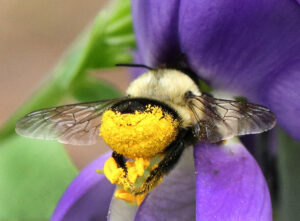
Spring Chores in the Pollinator Garden
Around late February things start kicking into high gear in Cooperative Extension’s Pollinator Paradise Demonstration Garden. Usually I have taken …



El inglés es el idioma de control de esta página. En la medida en que haya algún conflicto entre la traducción al inglés y la traducción, el inglés prevalece.
Al hacer clic en el enlace de traducción se activa un servicio de traducción gratuito para convertir la página al español. Al igual que con cualquier traducción por Internet, la conversión no es sensible al contexto y puede que no traduzca el texto en su significado original. NC State Extension no garantiza la exactitud del texto traducido. Por favor, tenga en cuenta que algunas aplicaciones y/o servicios pueden no funcionar como se espera cuando se traducen.
Inglês é o idioma de controle desta página. Na medida que haja algum conflito entre o texto original em Inglês e a tradução, o Inglês prevalece.
Ao clicar no link de tradução, um serviço gratuito de tradução será ativado para converter a página para o Português. Como em qualquer tradução pela internet, a conversão não é sensivel ao contexto e pode não ocorrer a tradução para o significado orginal. O serviço de Extensão da Carolina do Norte (NC State Extension) não garante a exatidão do texto traduzido. Por favor, observe que algumas funções ou serviços podem não funcionar como esperado após a tradução.
English is the controlling language of this page. To the extent there is any conflict between the English text and the translation, English controls.
Clicking on the translation link activates a free translation service to convert the page to Spanish. As with any Internet translation, the conversion is not context-sensitive and may not translate the text to its original meaning. NC State Extension does not guarantee the accuracy of the translated text. Please note that some applications and/or services may not function as expected when translated.
Collapse ▲
Around late February things start kicking into high gear in Cooperative Extension’s Pollinator Paradise Demonstration Garden. Usually I have taken …
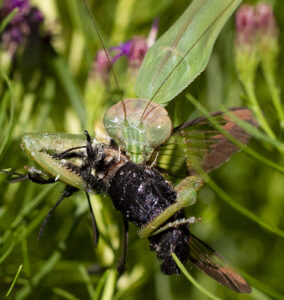
Folks of all ages delight in finding praying mantids in the garden. These charismatic predators are large and easy …
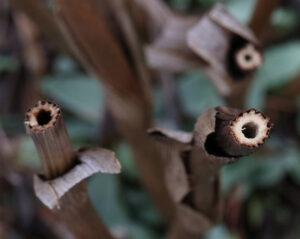
By the time springtime rolls around many folks are itching to get back into their gardens and start cleaning …
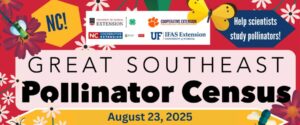
The Guilford County Extension Master Gardener℠ Volunteers invite you to join them on Saturday, August 23, 2025 to participate in …
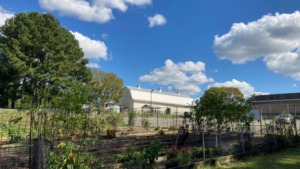
Join the Mixed Greens Community Garden! 🌱 Are you interested in renting a plot to garden? Mixed Greens Community …

Save the date for the 1st Annual Extension Master Gardener℠ Garden Show! Saturday, July 19, 2025; 10:00 a.m.-12:30 p.m. 3309 Burlington Rd Greensboro …

Thursday, March 6, 2025; 9:00 a.m.-12:30 p.m. N.C. Cooperative Extension, Guilford County Center 3309 Burlington Rd. Greensboro, NC 27405 Come learn the basics of …
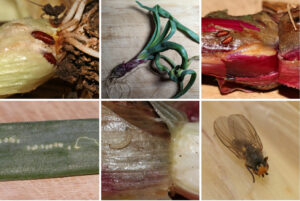
Last spring some growers in the North Carolina piedmont noticed unusual problems with their allium crops, primarily bulb onions, …
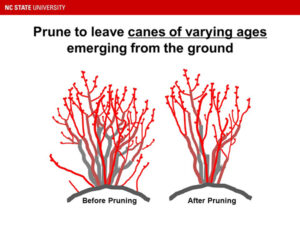
Blueberries are a popular crop for commercial farmers as well as home gardeners in North Carolina. They are fairly …

Roses are some of the most popular ornamental shrubs and climbers in North Carolina and throughout the world. Who …
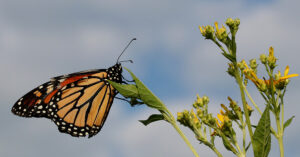
The U.S. Fish & Wildlife Service announced on December 10 that they are proposing to list the monarch butterfly …

NEW Course in Therapeutic Horticulture: Program Development Starts February 17, 2025 Registration & More Info NC State University Department of Horticultural Science …
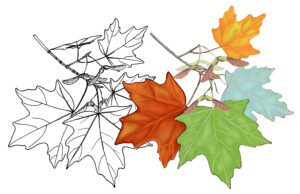
The Extension Gardener Plant Toolbox has always been the go-to site for photos of cultivated plants, both native and …
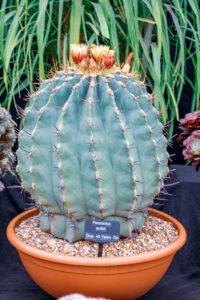
Cacti—are widely grown houseplants with a devoted fan base. Thanksgiving and Christmas cacti are popular holiday gifts and decorations. …

This factsheet describes the biology of the giant strong-nosed stink bug, Alcaeorrhynchus grandis, and provides …

In this publication you will find ideas to get you started growing your own edibles. …

Black root rot impacts a range of woody and herbaceous ornamental plant species primarily in …

This Entomology Insect Note discusses how to identify and manage common armored scale insects that …

This factsheet describes the biology of the maskell scale, Lepidosaphes maskelli, and provides residential management …
This guide is designed to help turf managers identify the major turfgrass pests found in …

This native plants chapter of the Extension Gardener Handbook defines the term native, why gardeners …

This field guide and linked resources provide information on basic insect identification, sampling methods, monitoring, …